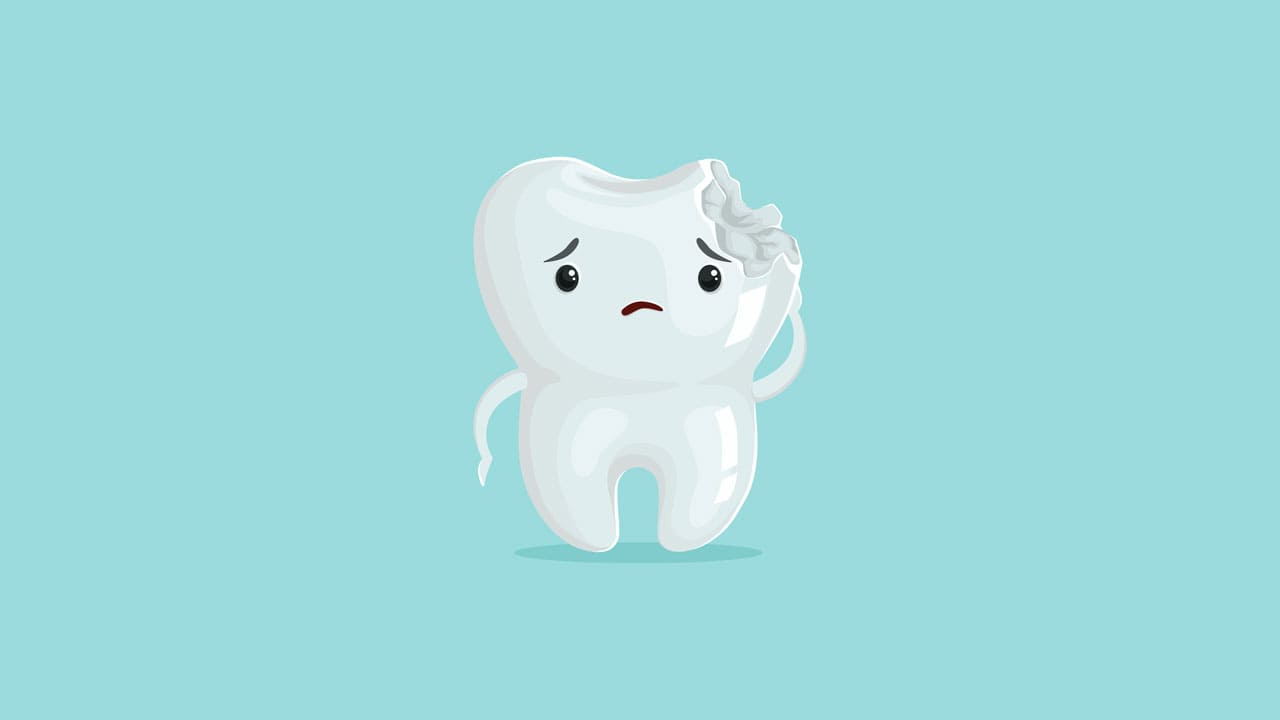
Restoring severe damage is among the biggest challenges for dental practitioners. Poor material choice and biomechanical issues can make even the smallest of cavities problematic, not to mention big ones! When it comes to restoring big cavities, dentists first aim to prevent cracks from forming. For this, they need a solid approach and good materials. Fiber-reinforced material is the latest trend in cavity restoration. It has proven particularly suitable where big cavities are concerned.
Cavity Design Principles
In cavity design, the structure surrounding the tooth should be strong enough to function together with the restorative material the dentist has used. The thickness of the wall should be between 2-2.5 mm. This maintains solid internal strength. If the cavity’s walls are very thin, failure is quite likely.
What Do Dentists Need for Restoring Big Cavities?
Dentists need a material that will bond to the tooth for such restoration to work. They need a material that resists wear and tear, behaves like tooth structure, and enhances pressure bearing capacity. Fiber-reinforced composite is an excellent option. The IPN matrix and fiber interact in a way making it possible to achieve load force absorption. The matrix transfers pressure to the fiber, preventing cracks and making the restoration strong enough to resist forces.
The resistance of materials traditionally used to restore cavities is similar to your maximum bite force. However, we find a fiber-reinforced composite to have much higher load capacity. In fact, it is almost twice as high. This is because an overlaying composite covers the base material in fiber.
Preventing Fractures
Quite a few people think really strong material can save a tooth. The fact of the matter is that the tooth becomes the weakest link when very strong material is used. Your tooth is weaker than the material, so you will lose it upon failure of the restorative complex. With flexible, state of the art fiber, you can contain damage in the case of failure.
Another advantage of fiber-reinforced material is fracture toughness. Conventional composites are only 50% as strong as fiber. Fiber-reinforced material has the properties of natural tooth structure. Its flexibility approximates that of dentin. The wall is less likely to shrink. There is less linear stress. This ensures minimized damage. Patient outcomes are also much easier to predict. The best practice is to use fiber-reinforced composite to replace dentin and to place standard composite on top. This way, there is much higher load bearing tooth capacity. Support from a fiber-reinforced composite is reasonable and feasible in all kinds of treatment approaches.
Restoration Procedures at Oak Park Dental Group
Oak Park Dental Group specializes in cavity restoration. However, your dentist might discover issues that require more in-depth intervention when you come for your appointment. These include chronic pain, extensive wear, tooth decay, discoloration, and more. Our general dentists offer a variety of restorative services, including crowns, fillings, root canals, and dental implants. There is a treatment for any issue. We are able to remedy the vast majority of issues our many satisfied patients have faced.
A lot of people aren’t aware of the greater impact that their dental health has on their overall health. Poor oral health can exacerbate and even cause grave health issues. For example, gum disease has been linked to stroke, heart disease, breathing problems, diabetes complications, and premature birth. Restoring big cavities is not something to be put off. If you think you might have a problem, call us to make an appointment today!